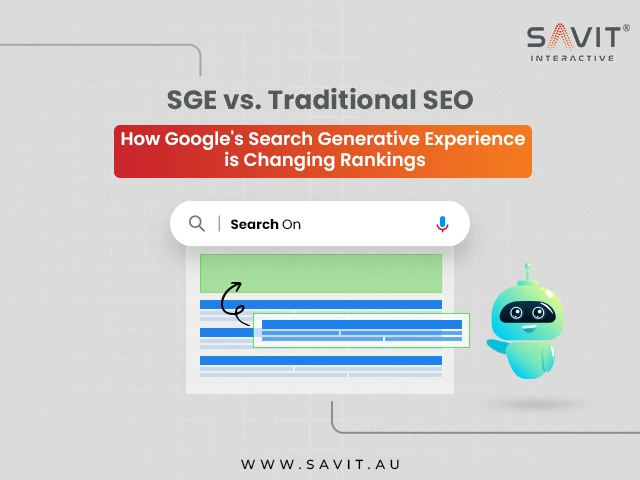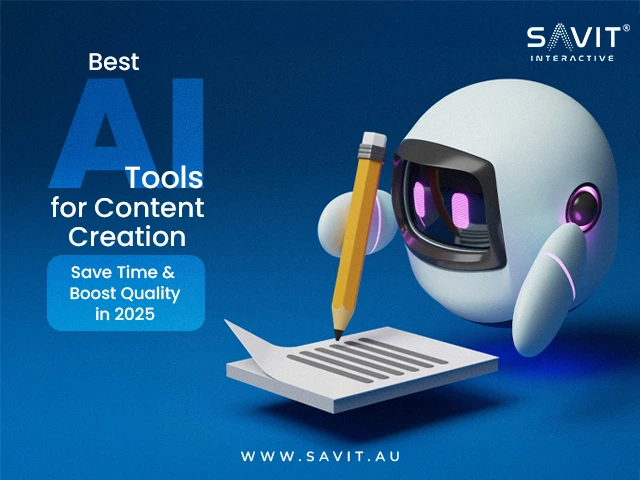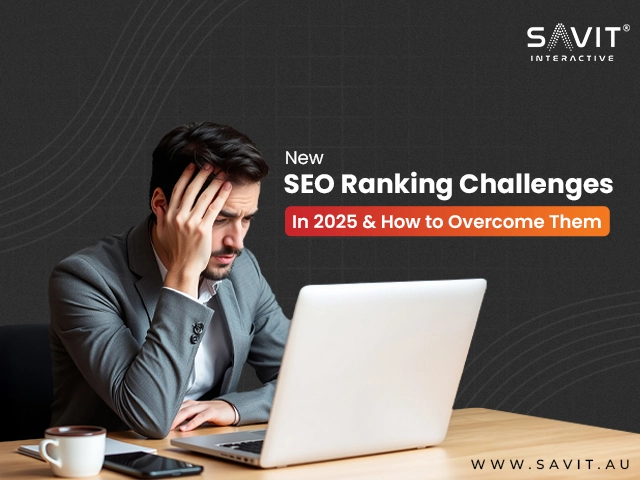Google has been redefining how search works, and the latest shift-Search Generative Experience (SGE is poised to transform digital marketing forever. As generative AI becomes more integrated into our everyday search habits, businesses and marketers must rethink their SEO strategies to stay competitive.
Traditional SEO has long relied on keyword targeting, backlinks, and technical site optimization. But SGE changes how content is discovered, interpreted, and displayed—emphasizing relevance, conversational tone, and AI-friendly formatting.
This article explores how Google SGE compares to conventional SEO, how it’s impacting search rankings, and what businesses can do to adapt their content strategy for this evolving landscape.
What is SGE?
Google’s latest AI-driven search capability, Search Generative Experience (SGE), harnesses generative AI to deliver detailed and conversational answers to user inquiries. Instead of displaying a list of blue links, SGE generates quick summaries and curated insights directly at the top of search results.
This experience combines machine learning with natural language generation to:
- Deliver faster, more contextual answers
- Summarize complex topics into digestible formats
- Minimize the requirement to navigate through several pages.
In essence, SGE is Google’s way of answering user intent faster, smarter, and more intuitively, powered by generative AI capabilities.
How Google SGE Affects Search Rankings
The emergence of Google SGE means search rankings are no longer solely about being #1 in traditional listings. With AI-generated answers appearing above organic results, brands must now aim for visibility within those summaries.
Here’s how SGE affects rankings:
- Decreased Click-Through Rates: AI answers reduce the need for users to scroll or click, potentially lowering traffic to lower-positioned sites.
- Content Extraction: If your content is not structured for AI to extract value from easily, it may be skipped over.
- Trust Signals Matter More: Content cited within SGE needs to be accurate, informative, and from authoritative sources.
- Snippet-Worthy Formatting Wins: Bullets, subheadings, and concise phrasing help AI pull content for summary generation.
Optimizing for SGE: New Content Guidelines
SGE introduces a more nuanced layer to SEO. Content creators now need to write for users and crawlers and AI systems that interpret and rephrase content.
Here’s how to optimize for the Search Generative Experience:
1. Focus on Conversational Queries
Use natural language that mimics how people ask questions. Address long-tail, question-based keywords like “how does SGE affect SEO” or “what is SGE in Google search.”
2. Structure Content for AI Parsing
- Use clear headers and subheaders.
- Include tables and bullet points.
- Begin each section with a summary of the answers.
3. Build Topic Clusters
AI favors depth and context. Create interconnected articles on a topic to signal authority and build semantic relevance.
4. Maintain Authoritativeness
Include external citations, recent data, and expert insights to establish trust. E-E-A-T (Experience, Expertise, Authoritativeness, Trust) remains key even in the SGE world.
5. Optimize for On-SERP Engagement
Add FAQ sections, quick definitions, and “TL; DR” blocks that AI can pick up as bite-sized highlights.
Tools and Metrics to Track SGE Impact
Monitoring your SEO success in the generative AI era requires expanding your toolbox. Here are some helpful tools:
- Google Search Console: Monitor variations in impressions and click-through rates following the SGE implementation.
- Ahrefs / Semrush: Evaluate keyword volatility, snippet presence, and featured answers.
- Content Visibility Tools: Use platforms that highlight if your content is being cited in SGE responses.
Stay proactive about observing ranking shifts, even if your content remains on page one—SGE snippets might be stealing the spotlight.
Challenges with SGE Implementation
While SGE promises a smarter search experience, it comes with its challenges:
- Less Website Traffic: Users may consume content on SERP, reducing site visits.
- AI Misrepresentation: Poorly structured content may be paraphrased inaccurately.
- Higher Competition: Everyone is now optimizing for top-of-SERP AI summaries.
However, adapting early gives your brand an edge in mastering this new search environment.
“The Impact of Generative AI on the Future of SEO”
As generative AI evolves, SEO will become more about context, clarity, and usability. The focus will shift from keyword density to information value, semantic relationships, and content architecture.
Marketers must also stay ahead of search trends, AI prompt behavior, and content format innovations.
Expect a hybrid SEO strategy where:
- Traditional ranking methods still apply
- SGE-ready content sits above organic links
- The combination of voice search and visual AI is transforming the technological landscape of the future.
The transition from traditional search to Search Generative Experience is not the end of SEO—it’s the next evolution. By embracing AI-driven optimization techniques, businesses can position themselves at the forefront of organic visibility.
At Savit Interactive, we’re already integrating SGE-focused content strategies that blend technical SEO with generative AI awareness. As someone who lives and breathes search innovation, I can confidently say that the future of search belongs to brands that adapt fast, write smarter, and optimize deeper.



